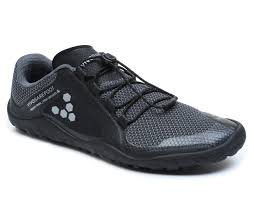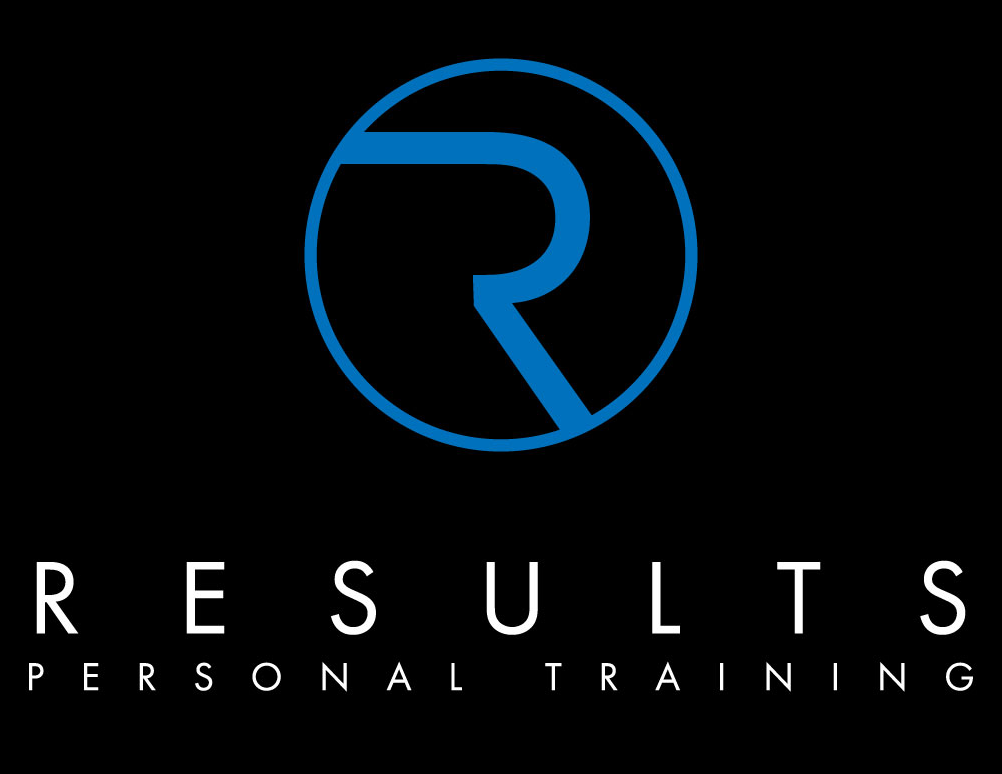
Vivobarefoot were at the forefront of the barefoot revolution. They created a revolutionary new type of shoe to allow natural growth and development, strengthen and protect the feet and help to realign posture.
The human foot is a functioning masterpiece. It consists of 28 bones, 33 complex joints and more than 100 muscles, tendons and ligaments, all of which work together to provide support, mobility and balance.
What happens to the foot if we put our feet in less than optimal footwear?
Traditional footwear prevents the foot from correctly performing the functions for which it was designed by evolution, since the design of such footwear is very different from the human foot.
By placing a heel on a shoe, the natural curves of our backs are shifted, the balance is altered, the centre of mass is changed, the torsion force is increased on the knees and hip, the calf is shortened and elasticity is lost in the tendon of Achilles.
Conventional footwear has a narrow toe box meaning the toes will compress and joint alignment will be lost, with the toes forming the shape of the footwear. This causes a change in the foot supports, concentrating the greater pressure on 2nd and 3rd metatarsus (areas of greater risk of stress fracture).
Conventional footwear places a rigid sole on the shoe making for limited toe movement and with it compromised locomotion. And if the shoe also has arch support, the muscles associated with the arch may become atrophied
The sole of the foot has more than 200,000 nerve endings. Covering these ends with a thick, padded sole limits out the ability of the foot to pick up the tactile signals emitted by the ground, which interferes with balance & proprioception.
In addition, the foot is a lightweight structure. Despite possessing 25% of the bones of the body, it only weighs 4% of the total weight. If we place thick, padded footwear on our feet, it interferes with movement and may lose efficiency. One study showed an increase in oxygen consumption by 0.7-1% x 100 g. of the weight of the footwear.
This is where Vivibarefoot Hawkes Bay comes in
To achieve natural motion Vivobarefoot have considered these design elements
The Drop
The difference in thickness between heel and thickness in the toe area. Ideally zero or no more than 6mm to allow the foot to naturally support load in movement.
The Flex
Vivobarefoot has created a shoe that is flexible in all directions rather than rigid underfoot with little to no toe spring to allow your foot to move correctly.
Neutral
Vivobarefoot has no motion or stability control as this interferes with natural foot function when weight bearing.
Resilient
For peace of mind that you can walk/run on any terrain without worry of the environment tearing up the soles of your feet, especially in urban and off-road areas.
For more information on fittings and pricing please email
fitnesscamp@hotmail.com


Recent Comments